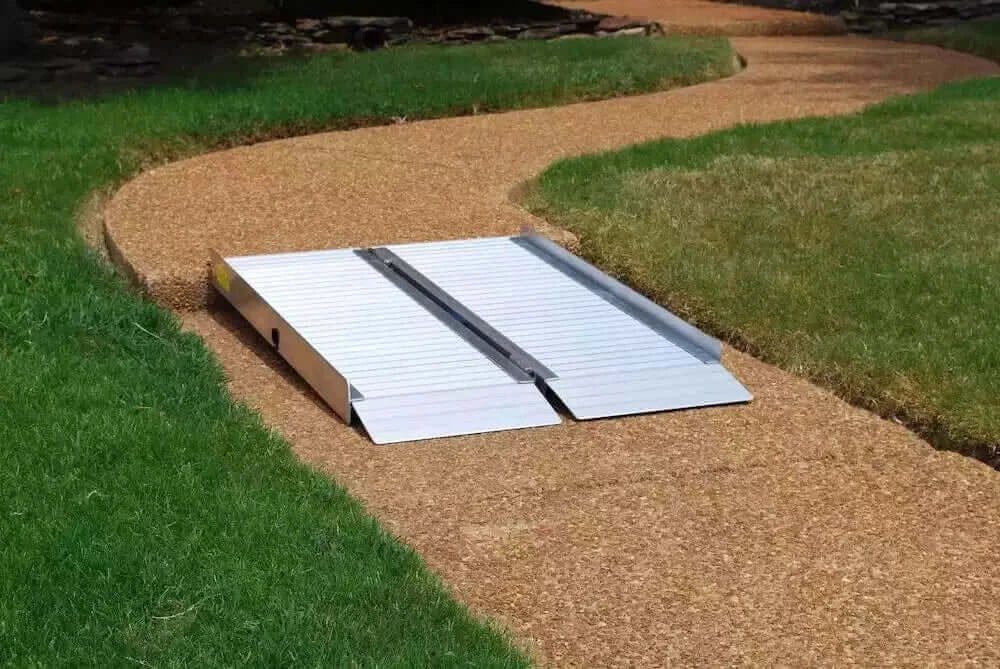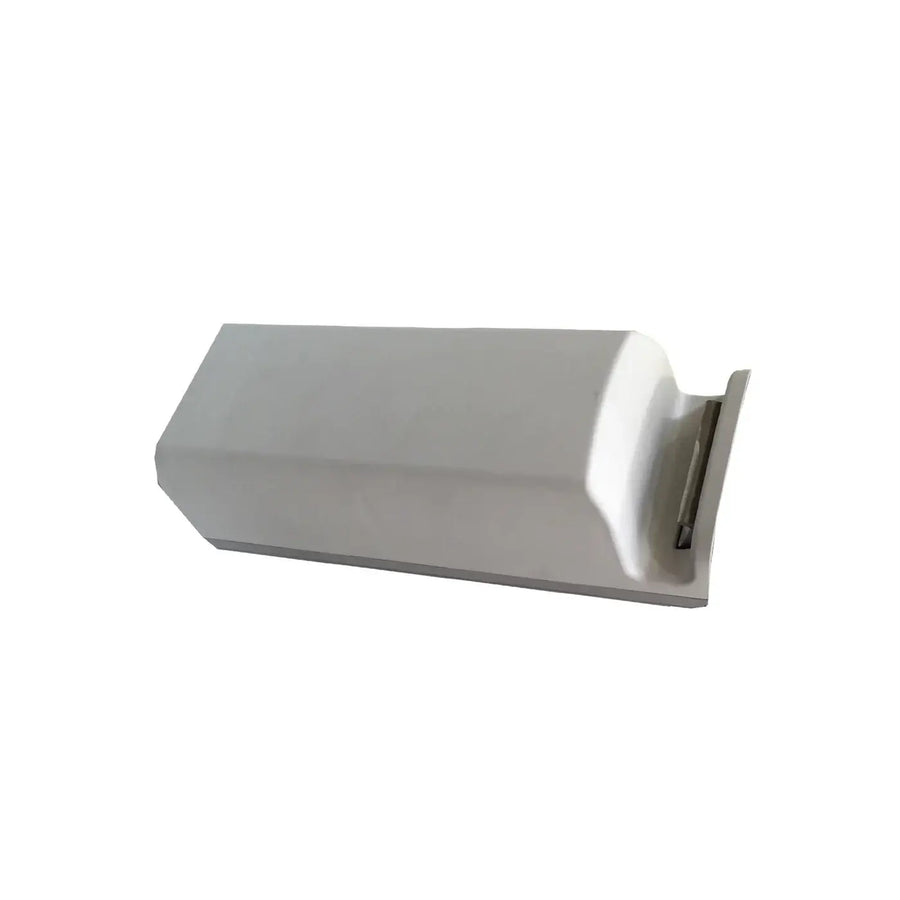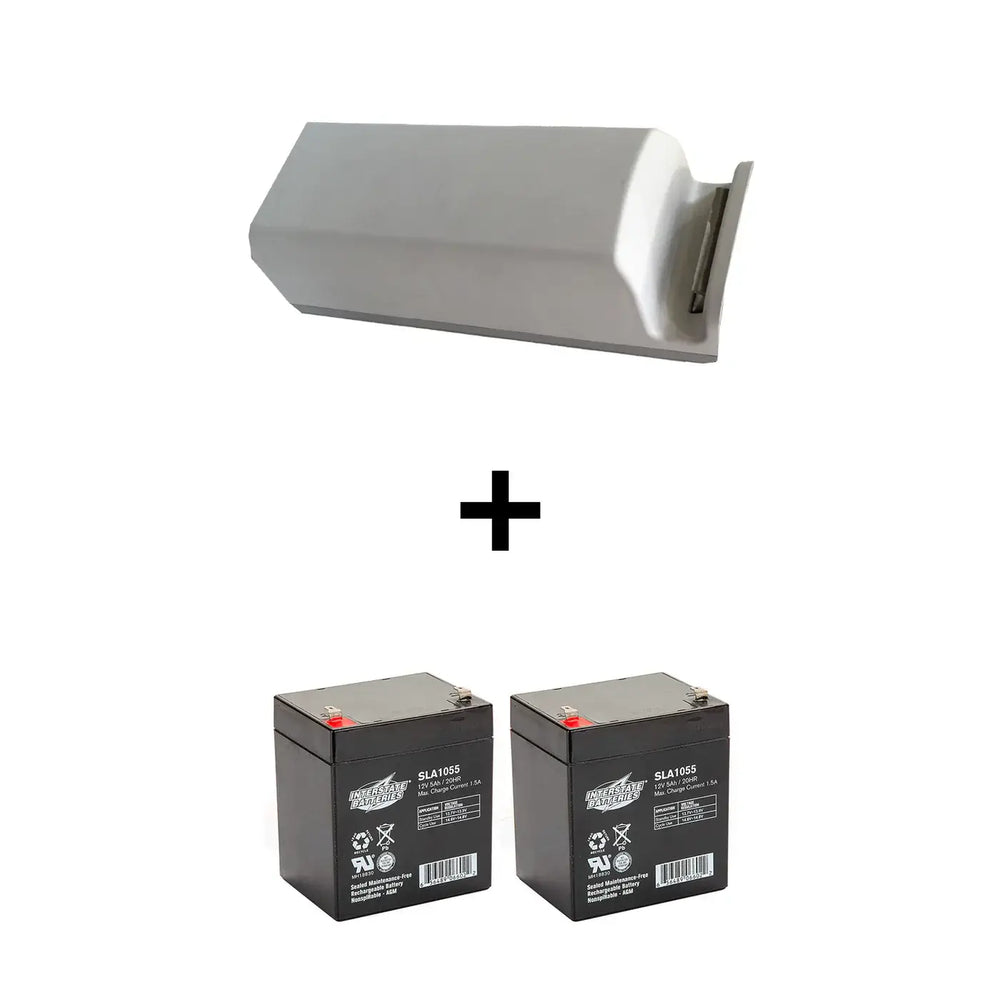How Do I Choose A Patient Lift Sling?
Choosing a patient lift sling can feel overwhelming, but it doesn't have to be. You need to take into account several factors, like the patient's weight, mobility, and specific medical needs. By understanding the types of slings available and their features, you'll make a more informed decision. Want to know what to look for regarding safety and comfort? Let's explore those essential aspects further.

Understanding the Types of Patient Lift Slings
When choosing a patient lift and sling, it's important to understand the different types of slings available. Each type serves a unique purpose, making it vital to select the right one for your needs.
For instance, there are full-body slings designed to support the entire body, ideal for patients who require maximum assistance. Transfer slings are great for helping individuals move from one place to another, like from a bed to a wheelchair.
Toileting slings and mesh slings are useful when patients require assistance during toileting or bathing, as these slings are easy to clean and often come with a commode opening for added convenience. Repositioning slings are also available to help keep the patient in a safe and comfortable position during extended use.
Slings with head support are beneficial for patients who've limited neck strength, while those without head support are suitable for more mobile individuals. Bariatric slings are available for patients with higher weight capacities, and universal slings can accommodate a variety of body shapes.
Assessing the Size and Weight Capacity
Evaluating the sling size and weight capacity of a patient lift sling is essential for guaranteeing safety and comfort.
First, you'll need to measure the weight of the patient accurately. Each sling is designed to support a specific weight limit, so it's vital to choose one that accommodates the patient without exceeding this limit.
Next, consider the sling size. Slings come in various sizes, typically labeled as small, medium, large, or extra-large. Selecting the appropriate sling ensures proper fit and support. An ill-fitting sling can lead to discomfort and increase the risk of injury during patient transfer.
Always check the manufacturer's specifications for both weight capacity and size guidelines. Consider body measurements and the type of sling based on the patient's needs.
Considering the Material and Comfort
When choosing a patient lift sling, consider the material types and how they affect patient comfort. Different types of patient lift slings offer varying levels of breathability, durability, and comfort.
Fabric Types Explained
Choosing the right fabric for a patient lift sling is essential for ensuring comfort and safety during transfers. Common fabrics include:
-
Cotton: Soft, breathable, and easy to clean, making it suitable for sensitive skin.
-
Nylon: Lightweight, water-resistant, and quick-drying. Great for frequent transfers.
-
Polyester: Strong and durable, offering comfort and long-term use.
Padding for Comfort
Padded slings are ideal for extra comfort. A padded sling with head support can make a significant difference in the patient's comfort and support. Make sure the sling offers durable padding that withstands regular use.
Breathability Considerations
Breathable slings, such as mesh slings, allow airflow and are especially useful for patients who require longer durations in the sling. Mesh fabric also ensures that the sling is easy to clean and dries quickly.
Evaluating the Design and Support Features
A sling is designed to provide both comfort and safety. When evaluating a patient lift sling, consider features such as:
-
Ergonomic seat design for better weight distribution
-
Adjustable straps and loops for a customizable fit
-
Reinforced stitching to ensure durability
Some slings feature a U-shaped sling or sling supports that maintain stability during lifts.
Identifying Specific Needs of the Patient
Before selecting a sling, consider the patient and caregiver needs together. Think about:
-
The patient’s body shape and size
-
Patients with limited upper body strength
-
Whether the sling allows for toileting or bathing (e.g., toileting sling with commode opening)
-
Medical conditions that may affect skin integrity
Use a patient lift sling that meets all specific needs. For example, a sit-to-stand lift might require a different sling than a full body patient lift.
Importance of Safety Features
Ensuring safe patient transfers requires high-quality safety features. Look for:
-
Secure attachment points
-
Quick-release buckles
-
Anti-slip materials
Slings are made to accommodate different types of lifts including a hydraulic patient lift or a portable patient lift. These lifting devices rely on strong materials and secure designs to support the patient’s body.
Checking Compatibility With Lift Equipment
Make sure your sling is compatible with the lift system. Important considerations include:
-
Sling connector type (check if compatible with Hoyer lift slings or other brands)
-
Weight capacities that match the used patient lift
-
Sling size suitable for the lift type
Manual lifts, sit-to-stand lifts, and full body lift sling types may require different sling models. Ensure the sling fits securely and provides comfort and safety.
Reviewing Maintenance and Cleaning Requirements
Slings for patient lifts need to be easy to maintain. Choose a sling that is easy to clean, especially if toileting is involved. Some slings are disposable slings for single use, while others are reusable slings that need regular cleaning.
Regular Cleaning Protocols
-
Wash the sling using mild detergent
-
Air dry to maintain shape and fabric quality
-
Avoid using bleach or high heat
Inspection and Maintenance Schedule
-
Weekly inspections for wear and tear
-
Monthly maintenance checks for buckles, straps, and seams
-
Record keeping to track sling condition
Material Care Guidelines
-
Store in a dry, cool place
-
Follow manufacturer guidelines
-
Replace if any damage is found
Seeking Recommendations and Reviews
Getting the right patient aid requires proper research. Talk to medical professionals who understand the sling supports needed for specific health conditions.
-
Ask about the right sling for sit to stand lift versus full body
-
Read reviews from caregivers and users
-
Consider trying out a sling before purchasing
Caregiver and patient feedback is crucial in identifying the sling that provides safe and comfortable transfers.
Need the Right Sling? Contact Reliable Ramps for Safe Patient Transfers
If you're looking for slings for patient lifts that meet your specific needs, from toileting sling options to full body patient lift compatibility, Reliable Ramps has you covered. Whether you need a padded sling, disposable slings, or a sling with head support, our selection ensures patient comfort and safe transfers. Let our experts help you find the appropriate sling based on the type of lift, weight of the patient, and intended use. Contact us today for personalized recommendations and reliable mobility solutions.






